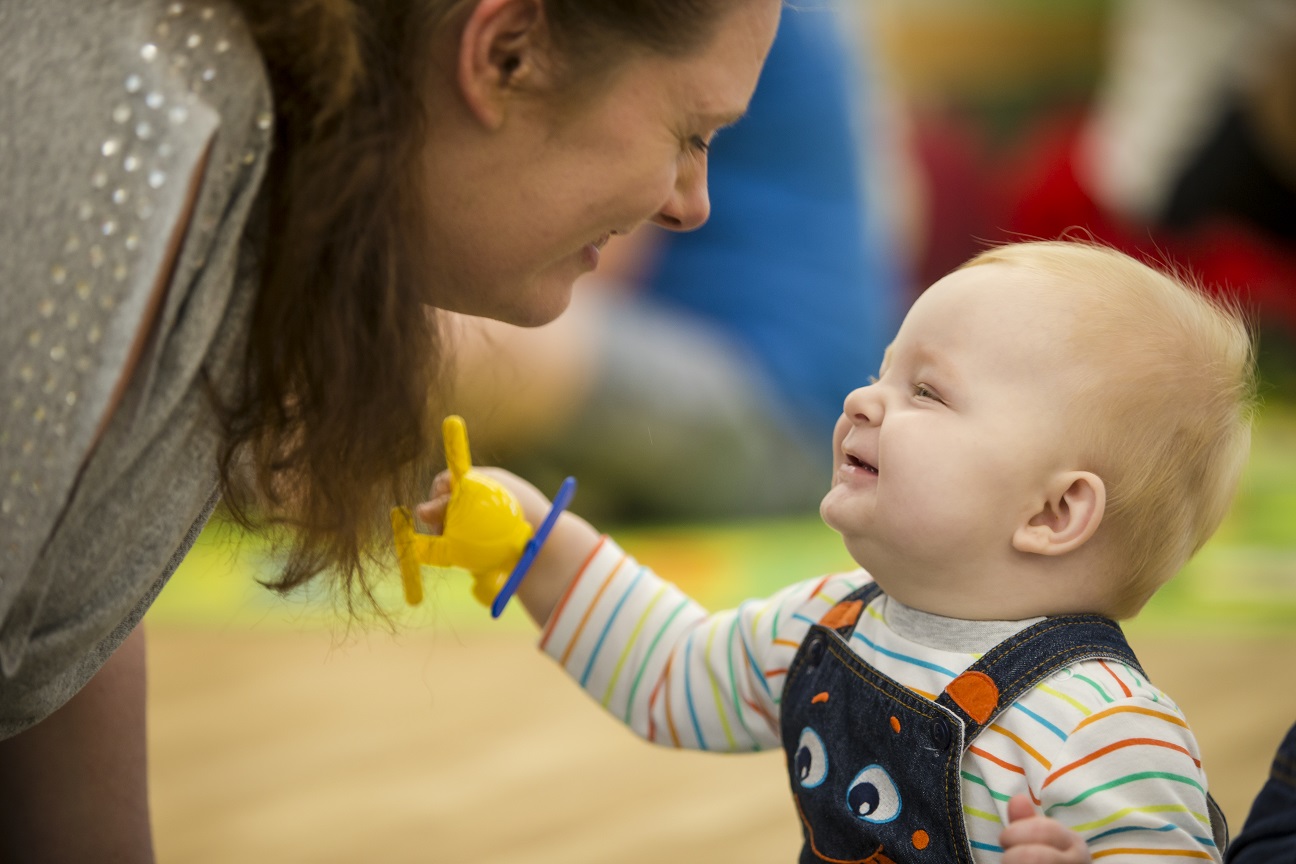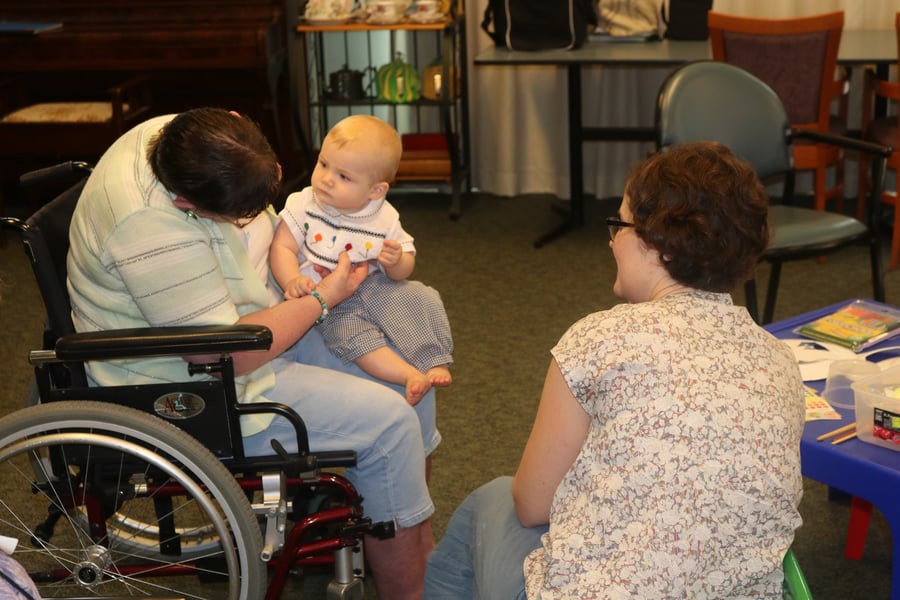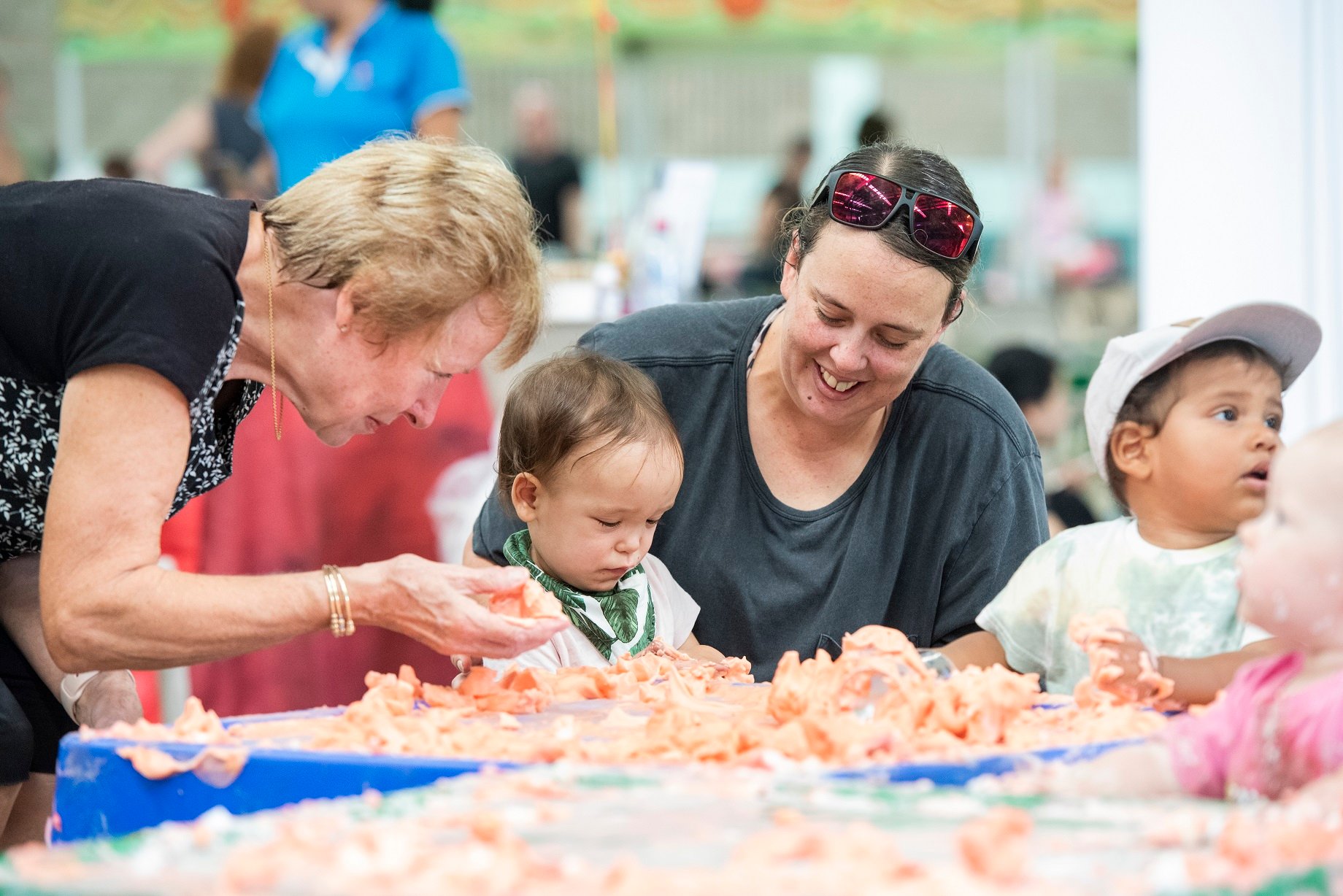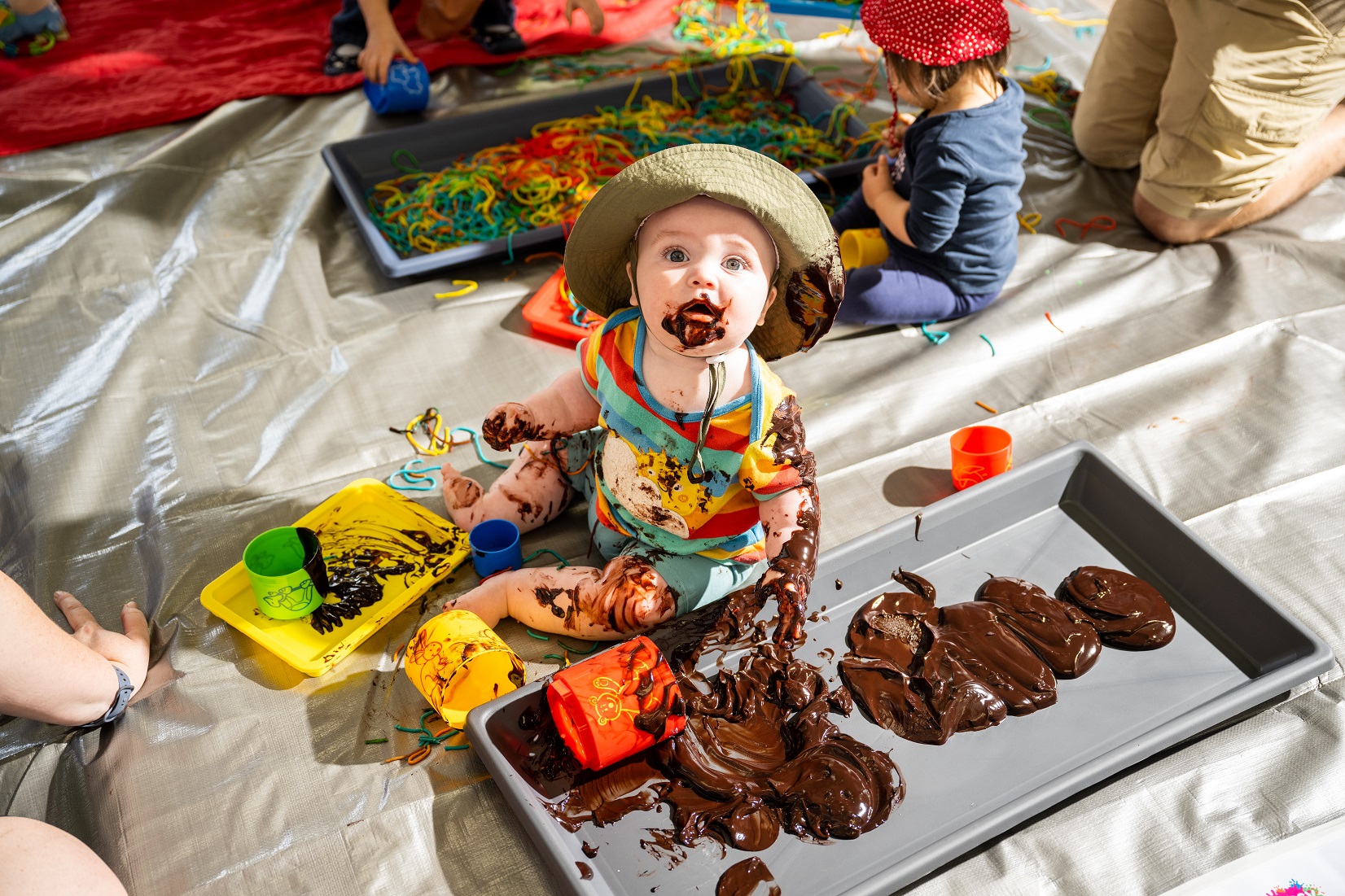
Inclusive Learning Environments
Blog > Inclusive Learning Environments

Inclusive Learning Environments

Guest written by Hannah McCarten, Bachelor of Education (Early Years) Student from the University of Wollongong while on placement with Play Matters Australia
What is Inclusion?
Inclusion means all children are included in social and educational programs that allow them to engage and learn in ways that are relevant to them and take into account their unique abilities and interests (Early Childhood Australia, n.d.). Embedding inclusive practices in playgroup and other play experiences ensures children and families with various needs and abilities have the opportunity to participate in play spaces. Regardless of individual circumstances, such as ability, gender, capabilities, or different ways of doing and being, all children have the right to engage in early learning (AGDE, 2022). The wellbeing and positive outcomes for children in all their diversities are supported by the development of inclusive learning environments and the adoption of flexible and informed practices, including making reasonable changes to maximise accessibility, involvement, and engagement in learning (AGDE, 2022).

Creating an inclusive environment
When creating an inclusive environment, it is important to take into account the needs of all children, such as those of various ages, interests, backgrounds, cultures, and abilities (Australian Children's Education & Care Quality Authority, 2022). It’s important to ensure that the learning and play space is accessible for all. Some considerations to ensure accessibility for everyone include:
- Providing sufficient space - consider the different types of assistive technology in use, such as wheelchairs and their various sizes, powered mobility devices, strollers or crutches.
- Positioning the layout and activities with thought to accessibility, e.g., allowing adequate space between activities for individuals who use mobility aids, and setting the quiet space away from louder activities such as music play.
- Offering different levels of equipment for children and families to access, e.g., different size chairs and tables, mats for young children to crawl or sit on, heightened trays or troughs
- Provide resources to support children’s sensory processing needs e.g., headphones for children with overwhelming sensory input, fidget toys, quiet zone.
(Australian Children's Education & Care Quality Authority, 2022)
For families and their children to feel included in the play space, it’s important to provide a range of play resources and activities suitable for everyone that promote inclusion. Some considerations for this may be:
- Provide a diverse range of toys and resources e.g., books that represent different abilities, dolls of different genders and skin tones, toy foods from different cultures.
- Offer a quiet, low sensory space for children and families, this may include pillows, books, fidget toys, calming tools, headphones, or blankets.
- Provide open ended sensory play opportunities for social and shared play, e.g., water play, block play, sand play, playdough, creative arts area, dress ups.
(Australian Children's Education & Care Quality Authority, 2022)
Studies of programs to improve educator-parent relationships show that encouraging communication and cooperation between parents and educational leaders can improve children’s development of cognitive and social-emotional development (Murphy et al., 2021). The ability to share understandings and abilities with families about how children learn and develop through warm, responsive, and consistent home learning environments depends on the strength of the partnership between the educator and the parent (Murphy et al., 2021). This may have an impact since nurturing, attentive, dependable parenting, and a stimulating home environment, can have a significant impact on children's developmental outcomes (Murphy et al., 2021). Some ways families and educational leaders can work together to support children include:
- Involve families in important decision making such as safety implementation, how to create a more welcoming environment, and communication tools.
- Gain a deeper understanding of the child to better support their participation, e.g., more space around activities, or whether higher tables or floor space is more accessible.
- Create opportunities for regular communication, open discussions between families and educational leaders help build trust and ensure both parties feel supported. Play experience leaders or facilitators have the ability to support families by providing resources and helpful tips to promote learning for the child in the home environment.
(Australian Children's Education & Care Quality Authority, 2022)
.jpg?width=1548&height=1032&name=PMA%20REDLANDS%202023%20(125).jpg)
How can families support inclusion and sense of belonging?
Families can encourage children to feel a sense of belonging and inclusiveness by offering them opportunities to engage in enjoyable activities with other children, supporting them to include and value others, and by providing encouragement that is targeted and emphasises effort over achievements (Be You, 2020). Parents can also interact with other families in the environment, look out for new families, and make others feel welcome. Parents and families can ask questions if they’re unsure about something, and find out if there are ways to participate and attend social activities (Be You, 2020). Sharing ideas and additional information could assist professionals in making the best plans for your child (Be You, 2020).
Benefits of an inclusive environment:
- Increased social interactions
- Access to a greater range of learning and play opportunities which can stimulate physical and social development
- Development of social skills through interactions with professional educators and children
- Gaining the ability to trust and feel a sense of belonging
- Development of a ‘circle of security’
- Growth of confidence, self-regulation and discovery of individual identity
- A greater appreciation for and understanding of diversity as well as individuality
- Parents may feel supported and encouraged in their developing parenting skills
- Greater interactions between parents and their children
- Improved sense of self-worth and self esteem
Visit playmatters.org.au to learn more or to discover a playgroup near you.

References
Australian Children's Education & Care Quality Authority. (2022). QUALITY AREA 3 INCLUSIVE ENVIRONMENTS. https://www.acecqa.gov.au/sites/default/files/2022-03/Inclusive_environments%20final.pdf
Australian Government Department of Education [AGDE] (2022). Belonging, Being and Becoming: The Early Years Learning Framework for Australia (V2.0). Australian Government Department of Education for the Ministerial Council.
Be You. (2020). Five ways families can support belonging and inclusion. The Spoke – Early Childhood Australia's Blog. https://thespoke.earlychildhoodaustralia.org.au/children-need-feel-world-safe-place/
Early Childhood Australia. (n.d.). Statement on the inclusion of every child in early childhood education and care. https://www.earlychildhoodaustralia.org.au/wp-content/uploads/2014/01/Statement-of-Inclusion-2016.pdf
Murphy, C., Matthews, J., Clayton, O., & Cann, W. (2021). Partnership with families in early childhood education : Exploratory study. Australasian Journal of Early Childhood; v.46 n.1 p.93-106; March 2021, 46(1), 93–106. https://search.informit.org/doi/10.3316/aeipt.228423
Find a play experience near you:
Subscribe to our newsletter >
Related content:
Advertisement:
.jpg)








